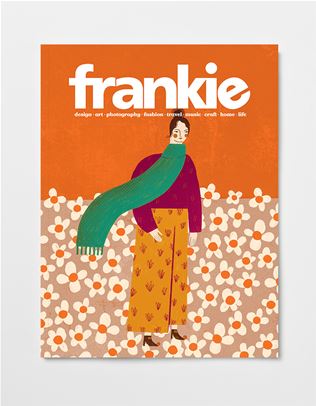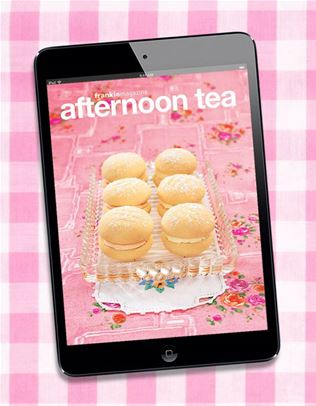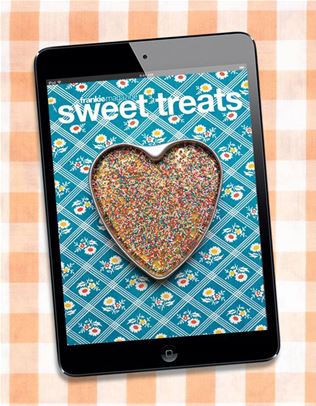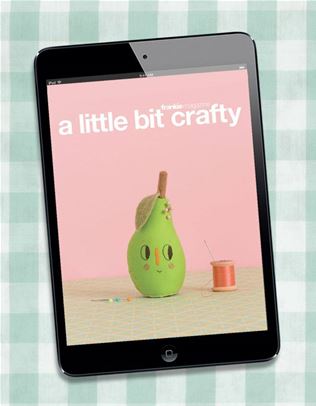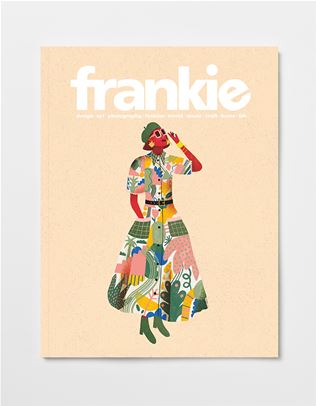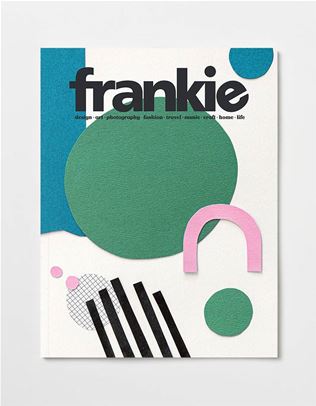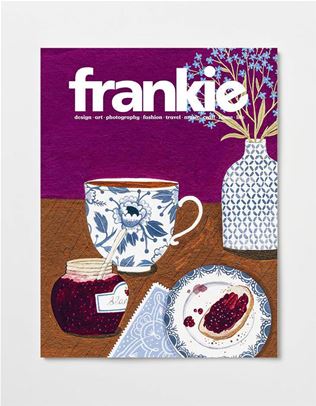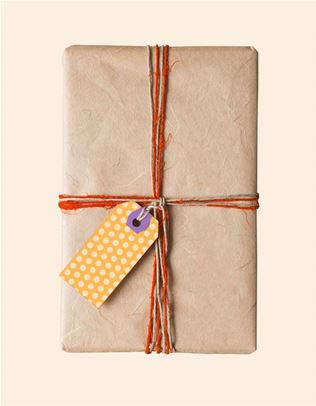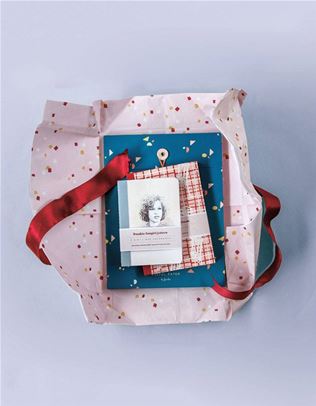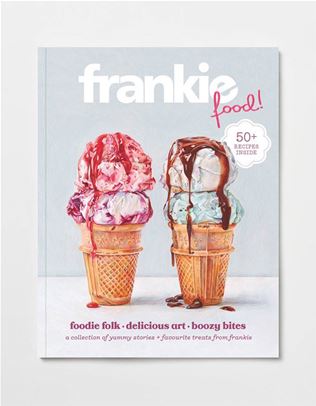the huxleys go on a surreal road trip across rural victoria
We have a chinwag with Will Huxley, one half of the glittery and spectacular art duo known as The Huxleys, about their upcoming art show ‘Disgraceland’.
The Huxleys are a Melbourne-based performance duo who have been cooking up fabulously absurd and spectacularly unorthodox art together since 2014. We have a yarn with Will Huxley about Australia’s love for camp aesthetics and the creation of their newest project, Disgraceland, a sparkly, photographic journey of two Elvis-inspired queer aliens road tripping across rural Victoria.
Hiya Will! Who are The Huxleys? We definitely describe ourselves as queer wizards or gay terrorists! We’re visual artists. We make our own costumes by hand and we also do all of our photography and videos. We kind of do everything in the art world; we love music so we make it, we sing, we dance and we just say yes to everything. The world we create is all about magic, escapism and creating this sort of glamorous, androgynous fantasy. This world didn’t exist around us when we growing up in the late 80s and early 90s Queensland. We set out as artists to create a space where we feel beautiful, comfortable and we can explore all the incredible things that we wanted to when we were younger.
The colour of turquoise in the original pride flag represents magic and art, so you guys are absolutely representing the queer experience. That’s incredible, you know, we just want to give people a magical detour from everyday life. Life can be quite hard and dark, especially in times like now. All of our ideas and costumes are rooted in this sense of freedom, escapism and experiencing life however you want to. A lot of our work is inspired by surrealism because there is no right or wrong with surreal art, there’s just wild ideas. How would you describe your creative process? We’re basically like art sponges, we just soak up culture. We have so many books we read on fashion, we go to galleries and music has always been a huge influence for us. When Garrett and I first met we bonded over Kate Bush! We will usually start with an idea of something that we want to explore or create, and then we will sketch things out. Everything starts out with the visual first. We try and find vintage fabrics or old sequins and stock, mainly things that people don't use anymore. There’s also a lot of trial and error. Garrett is incredible with sewing and he’s completely self-taught, he just learned how to do it himself and then taught me! Basically, we start with the visuals, then the photos and then it comes to life with our performances.
How would you describe your creative process? We’re basically like art sponges, we just soak up culture. We have so many books we read on fashion, we go to galleries and music has always been a huge influence for us. When Garrett and I first met we bonded over Kate Bush! We will usually start with an idea of something that we want to explore or create, and then we will sketch things out. Everything starts out with the visual first. We try and find vintage fabrics or old sequins and stock, mainly things that people don't use anymore. There’s also a lot of trial and error. Garrett is incredible with sewing and he’s completely self-taught, he just learned how to do it himself and then taught me! Basically, we start with the visuals, then the photos and then it comes to life with our performances.
Why are you both so drawn to the camp aesthetic? There’s this quote by Malcolm McLaren where he says that it’s “better to be a spectacular failure than a benign success”, and we basically live by that mantra. With camp, there’s an unashamed quality that we love; you can't be afraid of embarrassment and you can make any moment fabulous. There’s also this feeling of thinking “maybe this is too much for everyone else, but I feel great!”. It's just so fun, so large, so sparkling and so different from everyday life. I think camp gives you a sense of fun and freedom. You can embrace everything; all the colours and ideas and it's just a beautiful thing. Some people might think that camp is, you know, maybe it doesn't have a place in fine art. But I think it's vital because it is about rejecting what art is ‘supposed’ to look like and introducing something so new and authentically joyful. Australia absolutely has its fair share of camp icons, like Leigh Bowery, and we seem to have a lifelong infatuation with the aesthetic. Campy music and art have always been really successful here in Australia. Our culture is quite laid back generally, and campness is kind of the opposite and I think we can embrace that because it's so different from the way normal society in Australia functions. Garrett was actually lucky enough to see Leigh Bowery perform back when he was young in London in the early 90s. We’ve met his father, we’ve performed at the Bowery theatre and we have visited his grave. Leigh is such a huge influence on us, but it’s sad that he had to leave Australia in order to become successful. I mean, it's still a challenge being an artist here in Australia, but Leigh was just so extraordinary.
Australia absolutely has its fair share of camp icons, like Leigh Bowery, and we seem to have a lifelong infatuation with the aesthetic. Campy music and art have always been really successful here in Australia. Our culture is quite laid back generally, and campness is kind of the opposite and I think we can embrace that because it's so different from the way normal society in Australia functions. Garrett was actually lucky enough to see Leigh Bowery perform back when he was young in London in the early 90s. We’ve met his father, we’ve performed at the Bowery theatre and we have visited his grave. Leigh is such a huge influence on us, but it’s sad that he had to leave Australia in order to become successful. I mean, it's still a challenge being an artist here in Australia, but Leigh was just so extraordinary.
Talk to us about Disgraceland. Both of us loved listening to Little Richard when we were kids, and Elvis was the more acceptable version of Little Richard; he basically ripped him off. He was really quite sexual, particularly for conservative 1950s America. He transformed traditional masculinity into something new and sexy. Elvis would have been quite alien to Middle America, and we decided that we'll make Elvis a queer alien road tripping across rural Victoria because of that. Road trips are so synonymous with the USA, so we drove around for miles trying to find any kind of motel that has that mid-century American aesthetic, but it's still very much surrounded by the Australian landscape. We had some really weird interactions with locals when we dressed up like this! It's just the two of us doing everything; setting up flashes, cameras and just running back and forth from place to place and it created quite a stir. It was really fun, but it was also really hot. We were in these really extreme sequin costumes and giant wigs running around in heels taking these!
What is it about aliens that you wanted to include them in this project? It’s not necessarily about aliens in the way of how we traditionally think of them, it’s more on the idea of feeling alien within society. I remember in high school feeling like I wasn’t from this world. All the boys around me were wearing sporting gear and runners and I just kept feeling like I was born in the wrong place. Disgraceland is all about looking and feeling totally at odds in your environment, but still being yourself. We always want to depict a glamorous and androgynous world where it doesn't matter that you might look different to everyone else.  The playful aesthetics of 1950s America is definitely at odds with its cultural and political climate. How did you navigate these two dichotomies while making Disgraceland? There was this influx of retrofuturism in the 50s and 60s, and everyone was just obsessed with the future and anything sci-fi. The design of that time period is very futuristic and that was the way we interpreted that in our own costumes. I think the way Elvis presented himself was kind of at odds and futuristic in 1950s conservative America. I think some of the things he did at the time were so ahead of the curve. We’re also at this point in our current world where our planet is really struggling particularly and conservatism is on the rise again, so it’s a bit of a meta-commentary on the world back then and how it still bleeds into this world now.
The playful aesthetics of 1950s America is definitely at odds with its cultural and political climate. How did you navigate these two dichotomies while making Disgraceland? There was this influx of retrofuturism in the 50s and 60s, and everyone was just obsessed with the future and anything sci-fi. The design of that time period is very futuristic and that was the way we interpreted that in our own costumes. I think the way Elvis presented himself was kind of at odds and futuristic in 1950s conservative America. I think some of the things he did at the time were so ahead of the curve. We’re also at this point in our current world where our planet is really struggling particularly and conservatism is on the rise again, so it’s a bit of a meta-commentary on the world back then and how it still bleeds into this world now.
What do you hope audiences will get out of Disgraceland? I hope that they will embrace the spirit of people like Little Richard and Elvis, who had this wild and fun energy. I just think it's about letting go of the awfulness of the world and step into another planet and let yourself go for just a little bit.
Disgraceland will run from August 9th – August 20th at The Abbottsford Convent.
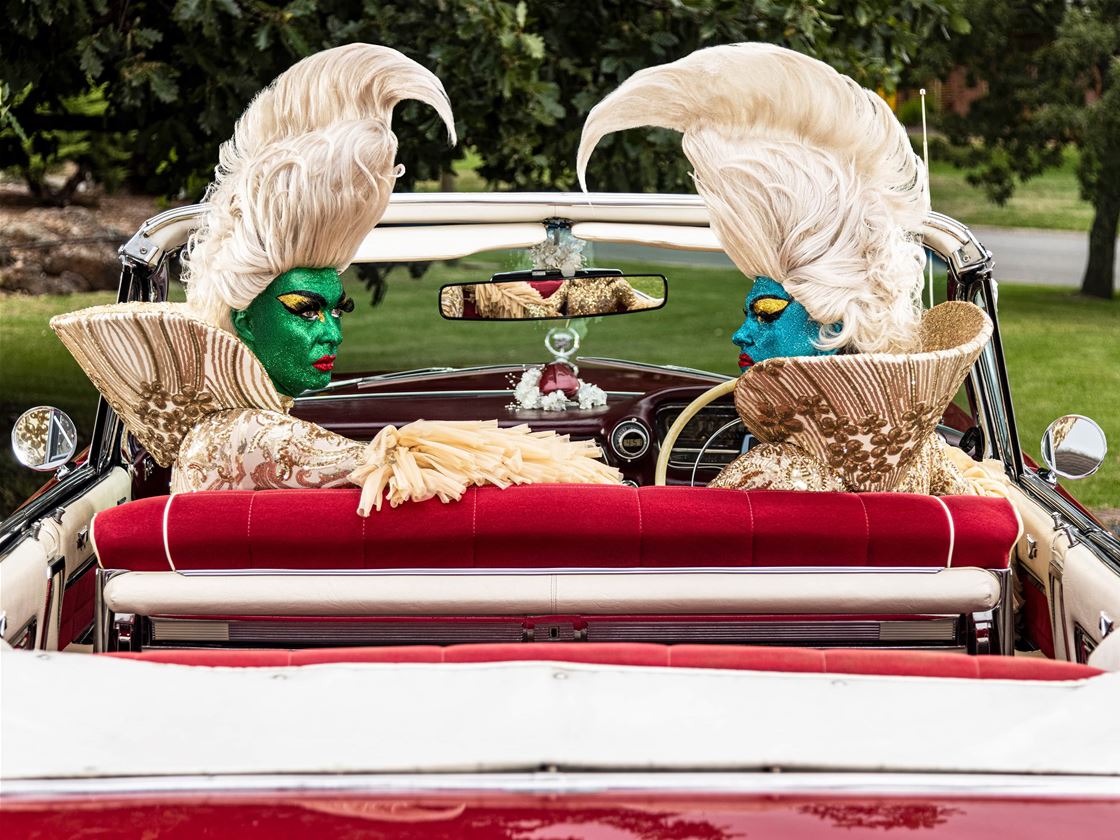
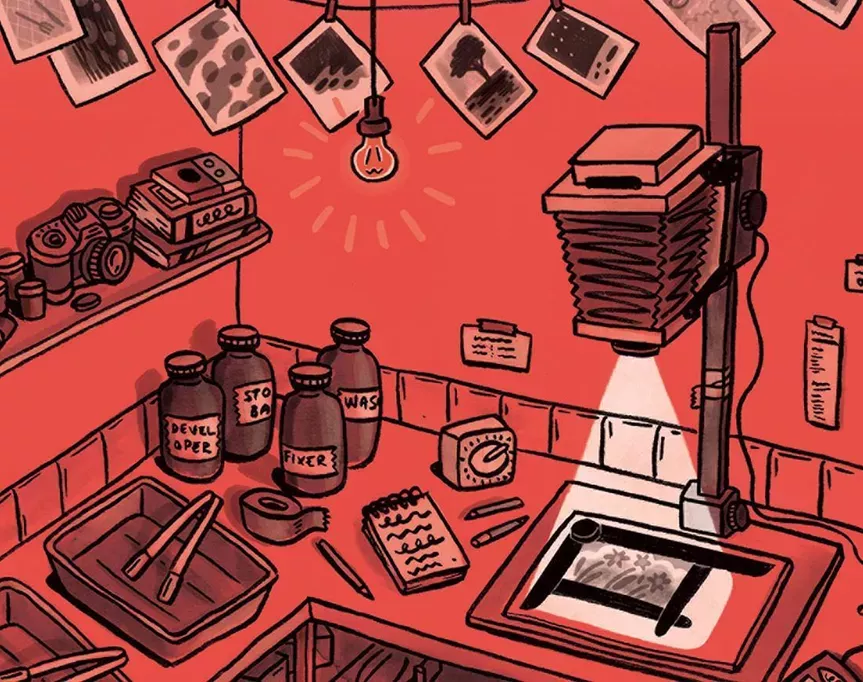

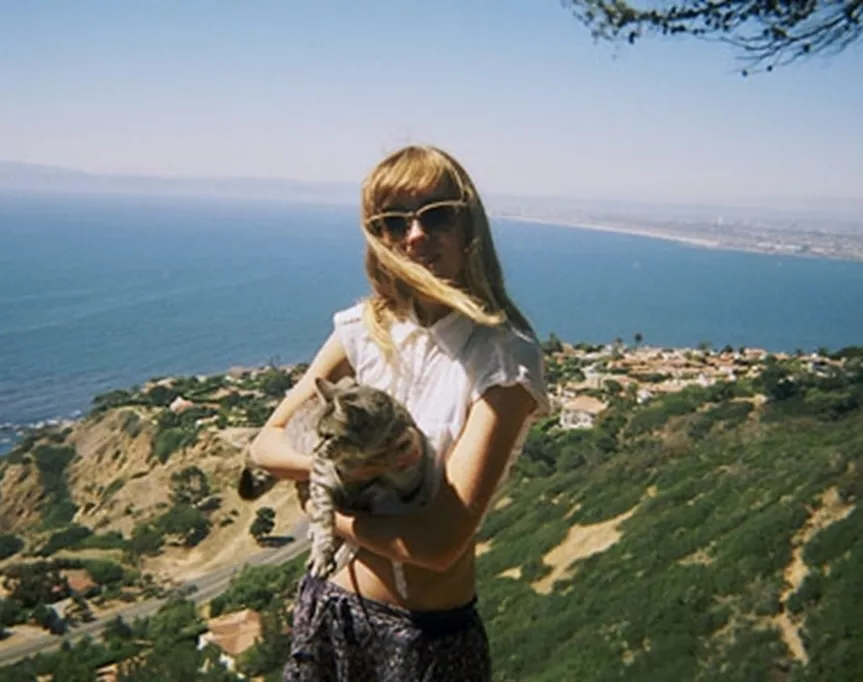
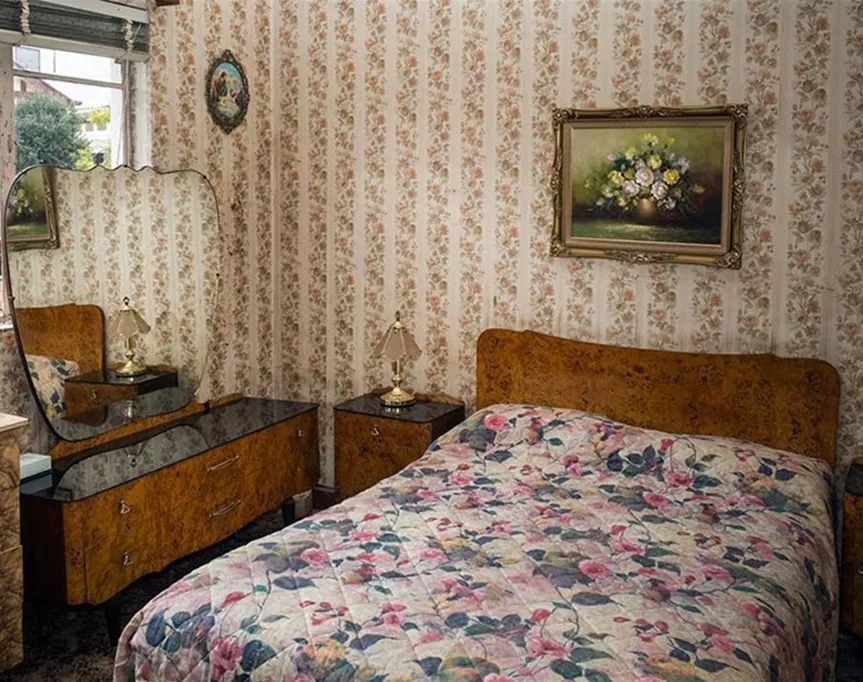
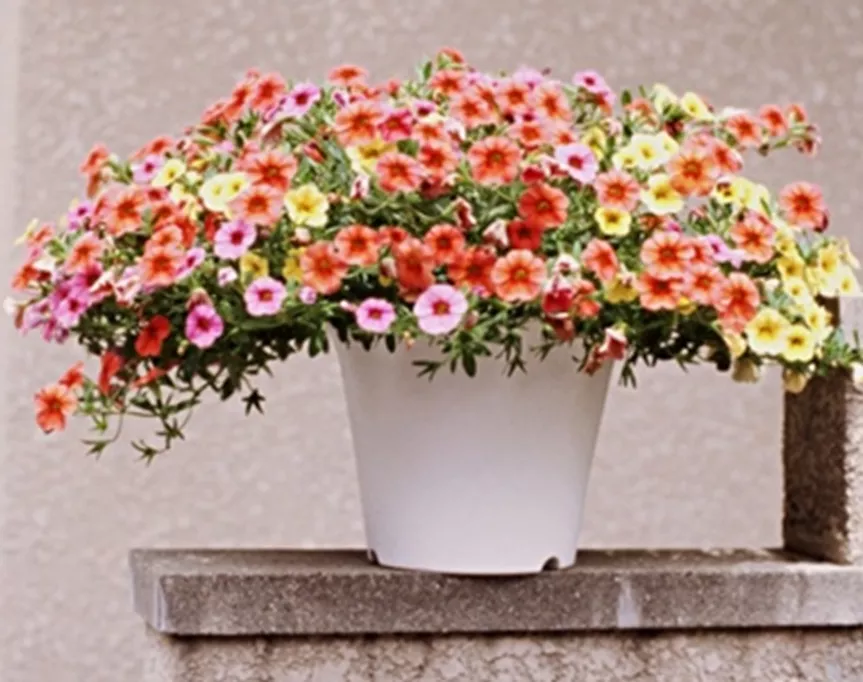
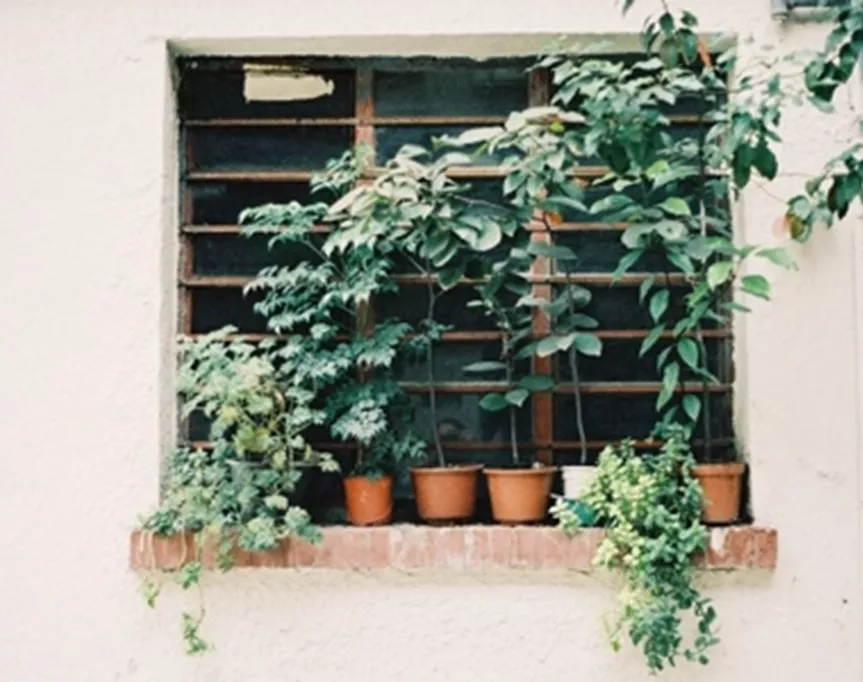

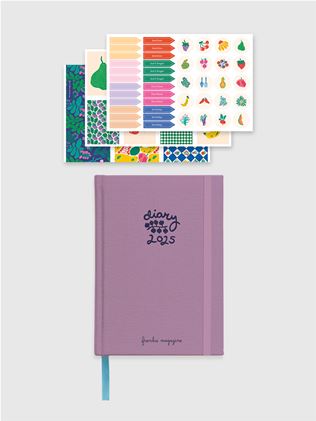
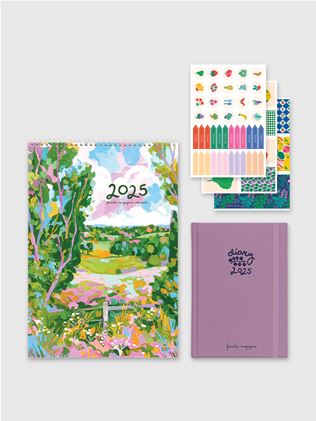
.jpg&q=80&w=316&c=1&s=1)
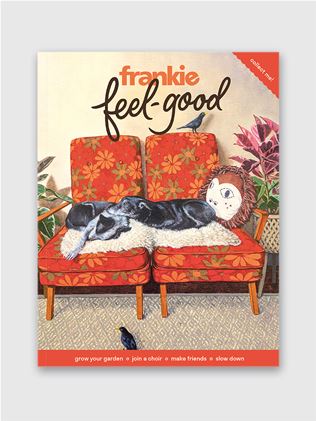
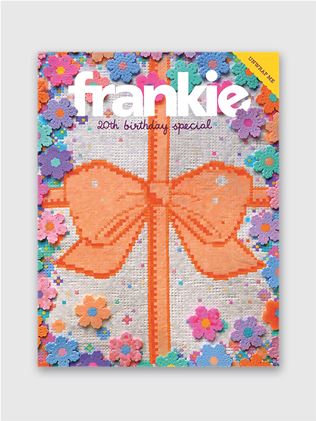
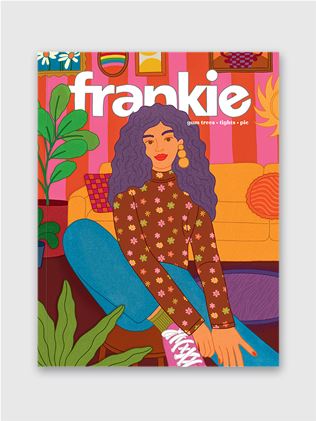
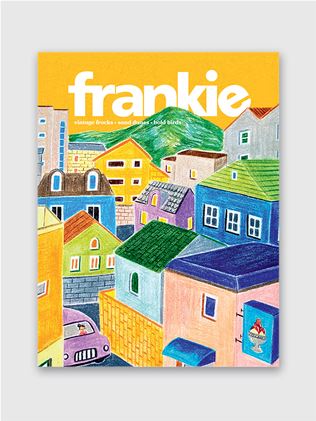
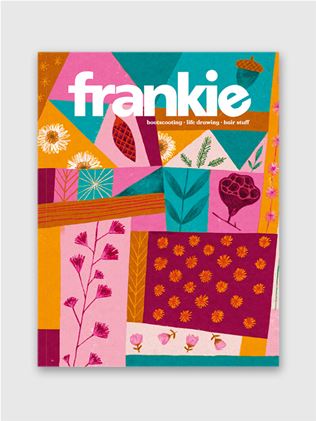
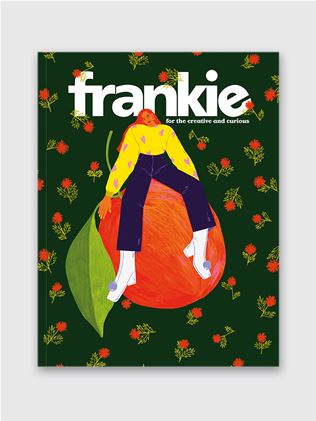
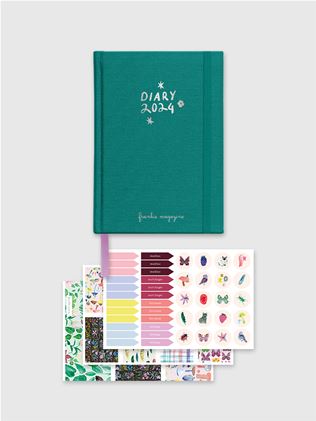
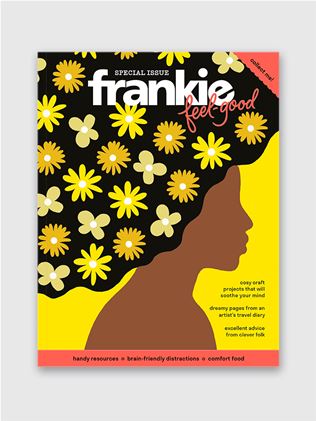

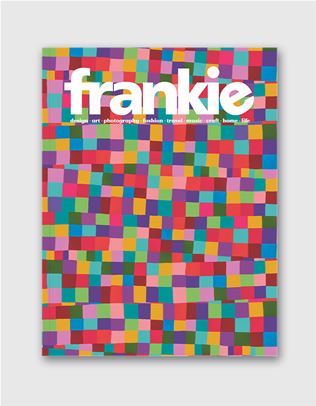
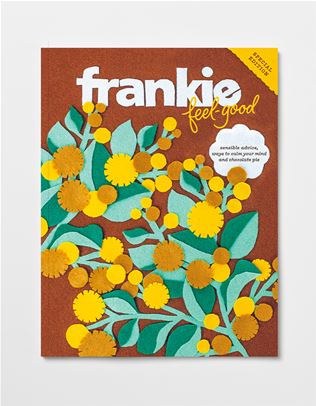
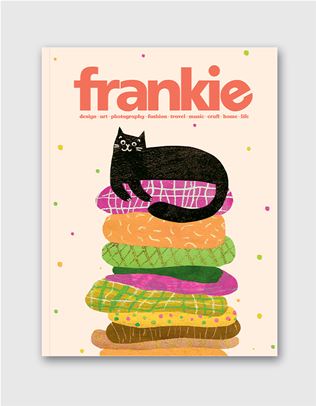
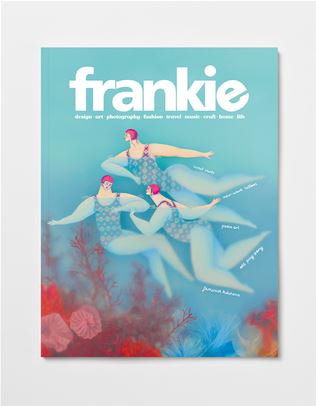
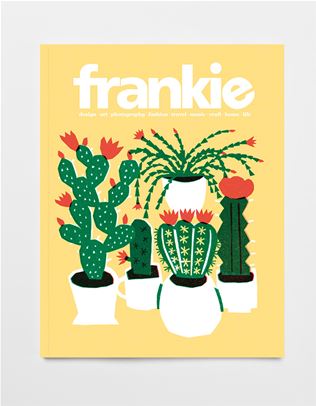
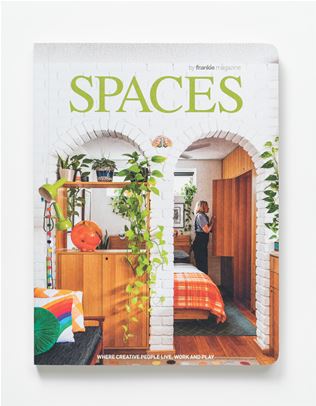
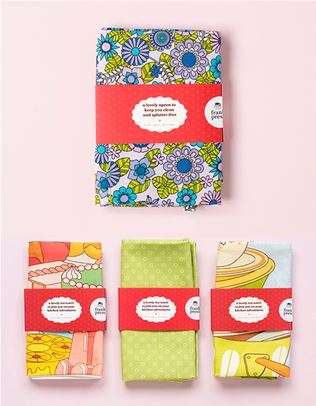
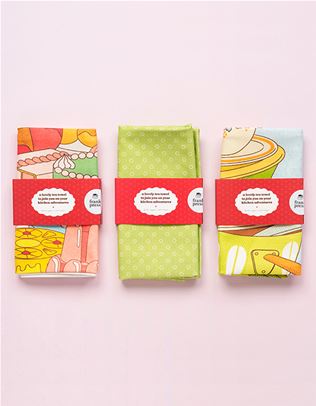
.jpg&q=80&w=316&c=1&s=1)
